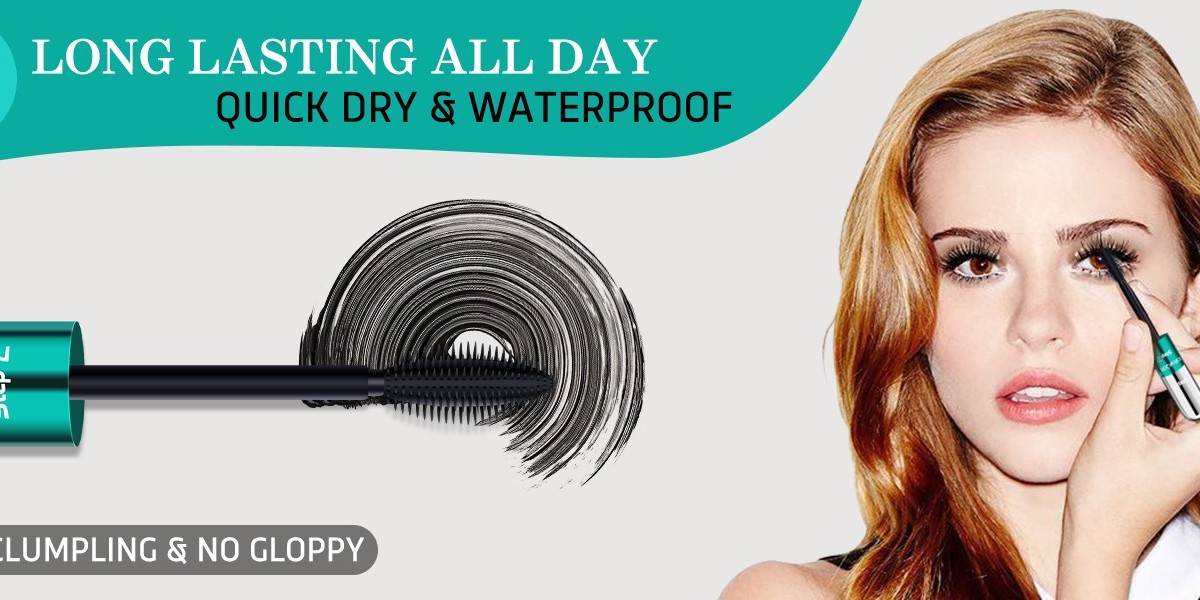Robot vacuums are great for general cleaning but not great in difficult spaces. Robots that mop can help fill gaps and provide a complete clean.
Smart robot mops require some maintenance, including dirt bins that must be cleaned regularly and cleaning pads that have to be cleaned or replaced. They also have water reservoirs that require to be refilled.
Improves Indoor Air Quality
Robot vacuums with mopping capabilities eliminate the need for separate devices and save you both time and space. They can sweep your floors while you are at work or running errands, and operate religiously according to preset schedules, so you don't have to be at home. The most effective models utilize smart navigation systems that identify your home and avoid obstacles such as wires and toys while efficiently cleaning the floor. Some even save maps of your home for future cleaning sessions. Advanced filtration systems such as HEPA filter out dust and allergens in order to keep your living spaces healthy. Some models have large dustbins which reduce the frequency of emptying and makes it easier to keep your home clean.
These robots use water to remove sticky staining, odorous spots, and staining. This is particularly helpful to get rid of organic spills and odors that can't be removed with dry vacuuming or spot treating with chemical cleaners. The majority of robot mops that utilize water require you to use mop cloths or pads that you wash and dry between cleaning sessions. Choose mops that can be machine-washed and dry quickly to avoid the growth of bacteria and odors.
Certain models allow you to control the robot via an app or voice commands, whereas others have physical buttons on the dock that initiates cleaning without the use of an app. App integration provides additional features such as scheduling, map tracking, and smart home integration. Some let you view what your robot is doing via your smartphone or tablet. These features are convenient and make it easier to operate the robot and keep track of its progress. To get the most value from your investment, search for features such as these and longer battery lives.
Cleans tile or hardwood floors
The majority of robot vacuums and mop combinations are more suited for hardwood floors than carpeted surfaces however, it's essential to check the specs for every model. In general robots are capable cleaning dirt, debris and dust from hard floors easily. Special features can be added to the robots to help clean up sticky spills and mess without causing damage to fragile surfaces. Look for models with soft wheels, multisurface adjustment options and gentle sweeper brushes.
Many robot vacuums that come with mops will detect and prevent getting carpeting and area rug rugs wet. This could cause damage and leave behind a sour residue. Certain robot vacuums that have mops have a feature where you can create zones that block the robot from cleaning certain areas. You can also select a mopping mode specific to the floors you want to mop. Lastly there are some top-of-the-line robot vacuums with mops can be manually switched between sweeping and mopping for tougher jobs.
For the best results, make use of a cleaner that has been made specifically for your mop or robotic vacuum. Avoid using DIY cleaning solutions or other floor cleaners that claim to work with all robot cleaners, because they could damage the machine or even void your guarantee. Eufy's multisurface cleaning tools for instance are specifically designed to work with all RoboVac models.
For the most convenient experience, opt for an automated robot that can be used via an app. You can save maps of your house and create cleaning schedules and choose between different sweep and mopping options. You should also select an automated robot that can be controlled via remote or by pressing the dock's button.
Cleans Carpets
Find a robot that can mop and vacuum carpets. These machines tend to work better on rugs than vacuum-only models, although there are some exceptions. The most effective robot vacuum/mop combination come with a powerful suction motor, rotating brush, and advanced sensors that can detect knotted fibers in rugs as well as high pile. They're also equipped with the ability to create a virtual barrier to prevent the machine from damaging your carpet and an auto lift-mopping feature that prevents the carpet from getting wet.
Some models also come with mopping solutions that combines surfactants (a detergent that breaks down dirt and grime), enzymes (which help to break down organic spots and smells) and water. Some of these solutions can be applied to wool rugs or silks. Some contain scents that make the home feel fresh and clean and others contain preservatives to stop the growth of germs and mold in the mop tank or brush roll.
The majority of the robot vacuum and mop combos we've tested have self-emptying bins that automatically empties into a trash bin or dustbin once it's the bin is full. They're easy to set up and operate, and they offer excellent cleaning performance with minimal maintenance. Some also have a dock that can wash and dry the mop pads to cut the cost of replacement.
In our tests on ease of use, we found that a number of robotic vacuums performed well on the floors in our house, including hardwood, tile low-pile, shag-style carpeting. Many of these models struggle to get underneath furniture or into tight spaces, like the nook in between the toilet and bathtub and the space under the legs of a chair. Consider looking for smaller, round models that's more adept at navigating these difficult spots.
Savings time
Robot vacuums are an absolute blessing for busy people. They can maneuver through rooms on their own and work according to pre-set schedules. Models with HEPA filters trap dust particles and allergens that are fine, contributing to a healthy home environment. Certain models also have the ability to mop your floors, removing tough stains and sticky spills. A robot vacuum that includes mops can further streamline your cleaning process by removing the necessity of switching between different appliances and avoiding the headache of emptying and refilling multiple tanks.
Robotic mops require more maintenance than their vacuuming only counterparts. If your model has pads that can be reused, you'll be required to wash them frequently or replace them. Also, you'll need to keep the dock where they are stored clean. It's recommended to clean the area and mop your pad holder to prevent the buildup of bacteria particularly if your robot has an extremely high suction power that causes debris to be shoved into crevices and nooks.
Many robot vacuums or mop cleaners are limited in their battery life. This could affect the length of time between charges. This can affect your cleaning schedule and make it difficult to cover a large area in a single session. Some models offer extended runtimes and auto-return fees that allow you to keep cleaning where you finished.
Some models offer smart features to enhance your cleaning experience, including the ability to map obstacles and avoid them. Some models allow you to control your robot remotely via an app. You can create cleaning schedules and direct it to specific areas of the room. You can also control your robot via voice commands, and monitor the level of its battery and other vital information.
Minimal Maintenance
 Robot vacuums that feature mop technology can reduce the number of chores, however, they require regular maintenance. This includes charging, emptying and refilling the cleaning tanks and removing or changing mopping pads. Many models come with features that help reduce these maintenance requirements, like auto-refilling and self-emptying features, which make it easier to keep the robot working at its peak and extend its lifespan.
Robot vacuums that feature mop technology can reduce the number of chores, however, they require regular maintenance. This includes charging, emptying and refilling the cleaning tanks and removing or changing mopping pads. Many models come with features that help reduce these maintenance requirements, like auto-refilling and self-emptying features, which make it easier to keep the robot working at its peak and extend its lifespan.For example, if you opt for one with disposable pads that you don't wash, these can stay clean and fresh for 20 or more uses or more. If you opt to reuse your pads, it is best to wash them and let dry air between cleaning sessions. This will stop the growth of the growth of bacteria.
Consider whether your smart robot vacuum is compatible with home assistants like Amazon Alexa or Google Assistant. Some of the most recent models allow you to control your robot using voice commands for an even more hands-free experience.
If you suffer from allergies, choose a robot with a HEPA filter to capture allergens and dust so that they don't blow into the air when vacuuming. You may also want to select an option that will automate mopping and vacuuming sessions, or one that allows you to set up virtual boundaries and no-go zones for areas that you don't want the robot to be in contact with.
 The ability of a robot mop and vacuum combo to deal with different kinds of debris is also important particularly when it comes to corners that are tight. In our tests, we test the ability of the robot to gather small pieces of debris such as coffee grounds as well as larger pieces such as cereal, as well as sticky residue and dried on dirt. We also test its ability to maneuver through obstacles such as furniture wires, toys, or even wires.
The ability of a robot mop and vacuum combo to deal with different kinds of debris is also important particularly when it comes to corners that are tight. In our tests, we test the ability of the robot to gather small pieces of debris such as coffee grounds as well as larger pieces such as cereal, as well as sticky residue and dried on dirt. We also test its ability to maneuver through obstacles such as furniture wires, toys, or even wires.








